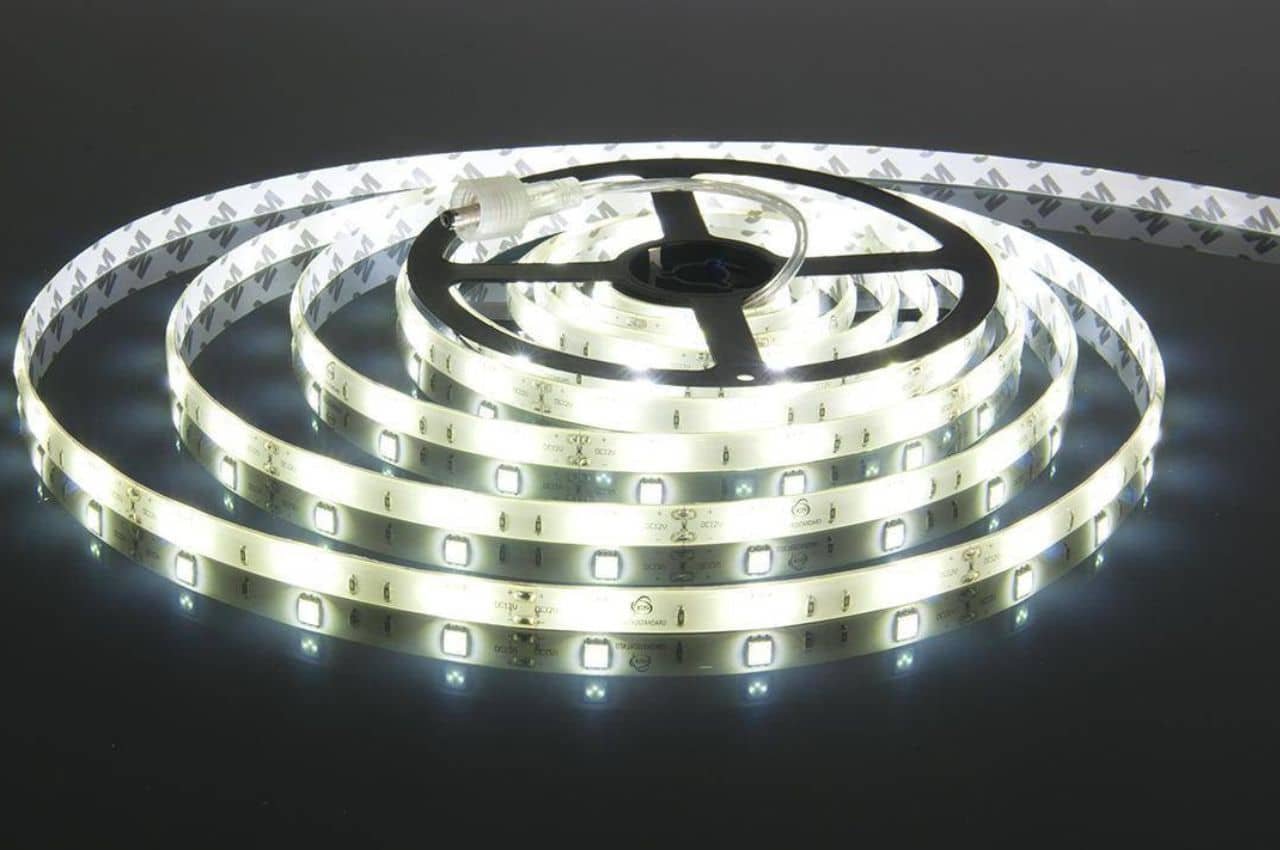In recent years, LED strip lights have become a staple in both residential and commercial lighting solutions. Their versatility, energy efficiency, and aesthetic appeal have driven widespread adoption across various industries. Central to this revolution are the manufacturers who innovate and produce these lighting solutions.
This article delves into the landscape of LED strip light manufacturers, exploring their roles, challenges, and contributions to the lighting industry.
Understanding LED Strip Lights
LED strip lights, also known as LED tape lights, consist of flexible circuit boards populated with surface-mounted light-emitting diodes (LEDs). These strips can be cut to custom lengths, making them ideal for a wide range of applications from accent lighting in homes to backlighting in commercial displays. The key advantages of LED strip lights include their long lifespan, energy efficiency, and the ability to produce a spectrum of colors, all of which contribute to their growing popularity.
Pioneers in the LED Strip Light Industry
Several manufacturers have established themselves as leaders in the LED strip light market. Companies such as Philips, Osram, and Cree have a long-standing reputation for producing high-quality lighting products. These industry giants leverage their extensive research and development capabilities to innovate and push the boundaries of LED technology.
Emerging players like BTF-Lighting, Supernight, and HitLights have also made significant strides by focusing on niche markets and offering specialized products. These companies often emphasize customer-centric approaches, such as providing customizable solutions and exceptional after-sales service, which have helped them build loyal customer bases.
Innovation and Technology
Innovation is at the heart of the LED strip light industry. Manufacturers continually invest in research and development to improve the performance, efficiency, and durability of their products. One notable area of innovation is in the development of smart LED strip lights. These lights can be controlled via smartphones or smart home systems, allowing users to adjust brightness, color, and timing with ease. Companies like LIFX and Govee are at the forefront of this smart lighting revolution, integrating advanced features such as voice control and synchronization with music or visual media.
Another critical technological advancement is the improvement in LED chip efficiency and heat dissipation. Manufacturers are now producing LEDs that consume less power while delivering higher luminosity, which enhances the overall energy efficiency of the lighting solutions. Better heat management also extends the lifespan of the LEDs, making them more reliable and cost-effective in the long run.
Quality and Standards
Quality assurance is paramount in the LED strip light manufacturing process. Reputable manufacturers adhere to strict quality control measures to ensure their products meet international standards and certifications such as CE, RoHS, and UL. These standards guarantee that the products are safe, environmentally friendly, and perform as expected.
Manufacturers also focus on using high-quality materials to produce durable and robust LED strip lights. This includes employing premium LED chips, superior circuit board materials, and high-grade adhesives. By prioritizing quality, manufacturers not only enhance the longevity and performance of their products but also build trust with their customers.
Challenges Facing Manufacturers
Despite the rapid growth and success, LED strip light manufacturers face several challenges. One significant challenge is the intense competition within the market. As more companies enter the industry, manufacturers must continuously innovate and differentiate their products to maintain a competitive edge.
Another challenge is the fluctuating cost of raw materials. The prices of components such as LED chips and copper used in circuit boards can vary, impacting production costs. Manufacturers must adeptly manage their supply chains and cost structures to remain profitable while offering competitively priced products.
Environmental regulations and sustainability concerns also pose challenges. Manufacturers must ensure their products comply with increasingly stringent environmental standards and consider the lifecycle impact of their products. This includes focusing on eco-friendly materials and production processes, as well as promoting recycling and proper disposal of LED strip lights.
The Future of LED Strip Light Manufacturing
The future of LED strip light manufacturing looks promising, driven by ongoing technological advancements and the increasing demand for energy-efficient lighting solutions. Manufacturers are likely to continue exploring new applications for LED strip lights, such as in automotive lighting, horticulture, and wearable technology.
Moreover, the integration of artificial intelligence (AI) and the Internet of Things (IoT) into lighting systems will open up new possibilities for innovation. Smart cities, intelligent buildings, and personalized lighting experiences are just a few of the potential developments on the horizon.
In conclusion, LED strip light manufacturers play a crucial role in shaping the future of lighting. Their commitment to innovation, quality, and sustainability ensures that LED strip lights will remain a key component of modern lighting solutions. As they navigate the challenges and opportunities ahead, these manufacturers will continue to illuminate our world in new and exciting ways.





